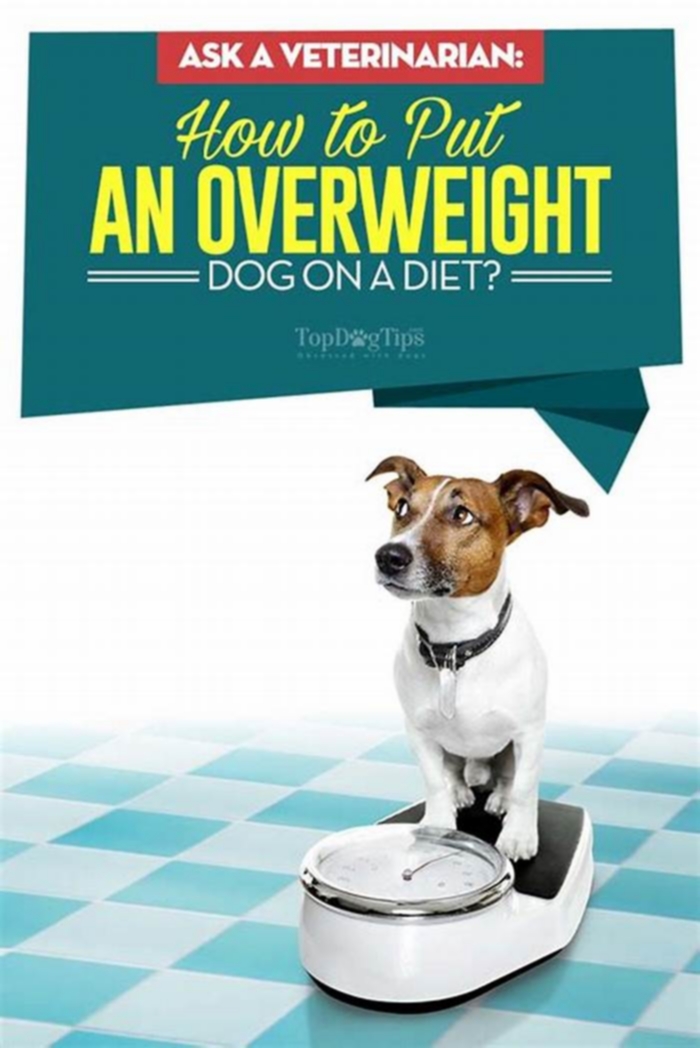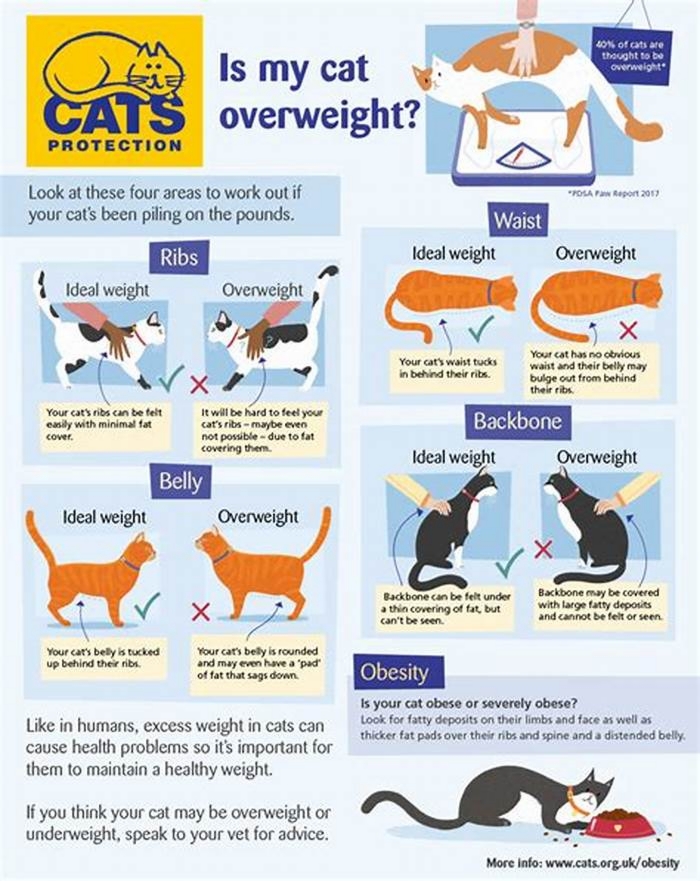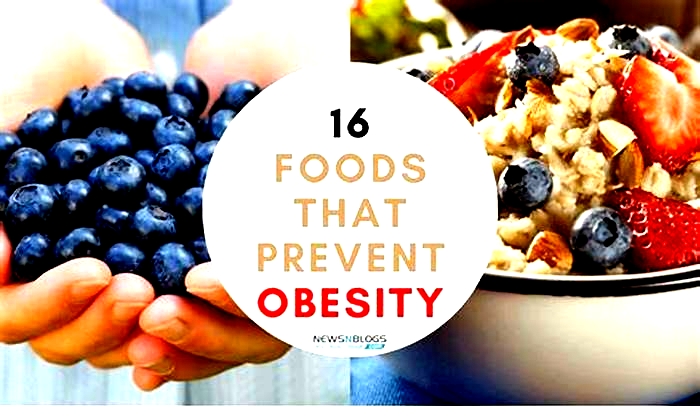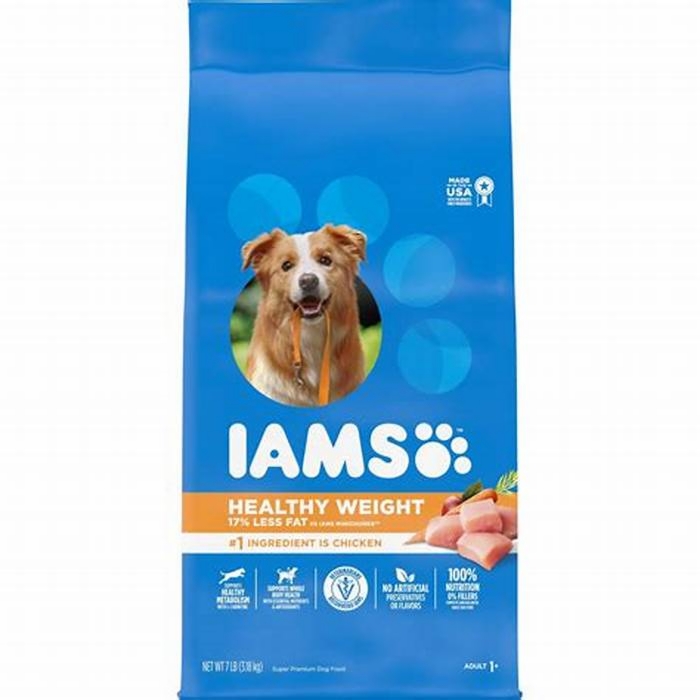What is a low fat diet for dogs
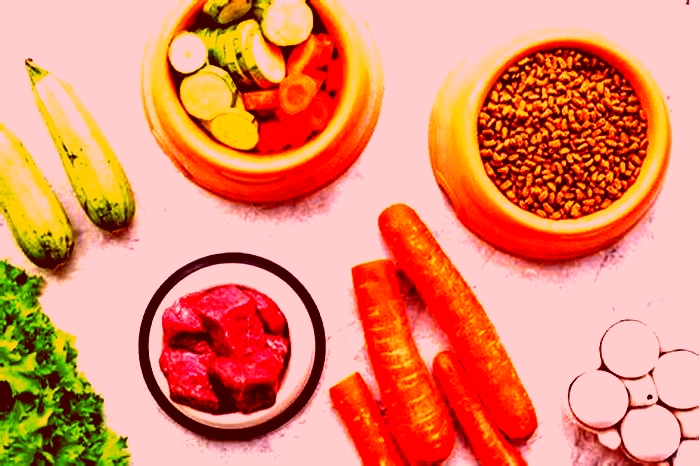
Homemade Low-Fat Dog Food Diets
There are many health conditions in dogs that are best controlled with a low-fat diet, especially hyperlipidemia (high levels of triglycerides in the blood, even after fasting for at least 12 hours), which can lead to pancreatitis. Other conditions that may respond favorably to a low-fat diet include chronic pancreatitis, EPI (exocrine pancreatic insufficiency), IBD (inflammatory bowel disease), and lymphangiectasia. In some cases, owners may choose to reduce dietary fat as a preventive measure for dogs who may be predisposed to pancreatitis, including those with diabetes or Cushings disease, or who are given anti-seizure drugs.
In Healthy Low-Fat Diets (December 2008), we described how to calculate the amount of fat in various foods, and offered guidelines for preparing a homemade low-fat diet. This month, owners who feed their dogs home-prepared low-fat meals will share their diet plans with us.
Low-Fat Dog Food Recipes
Steve Brown is the creator of See Spot Live Longer Homemade Dinner Mixes, and co-author of See Spot Live Longer. (Brown was also the creator of Steves Real Food for Dogs, though he is no longer associated with the company.) Brown gave me a sneak preview of his upcoming book, The ABC Way to Healthier and Happier Dogs. This fascinating book focuses on the various forms of fats and how a proper balance between them is neededfor optimal health.
Browns book includes information for both veterinarians and dog owners. He offers guidelines on what he calls an ABC Day for those who feed commercial foods to give their dogs just one day a week to improve the balance of fats in the diet. He also gives detailed instructions for how to balance the fats in various homemade recipes, both cooked and raw.
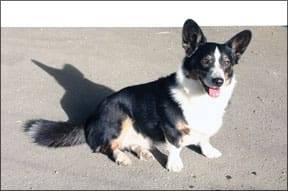
For example, meat from poultry is high in linoleic acid (an essential omega-6 fatty acid), while meat from ruminants, such as beef, lamb, and venison, is high in saturated fats and low in linoleic acid. Too much or too little linoleic acid can lead to skin problems that may be diagnosed as a food allergy, but are really caused by fat imbalance. Rotating poultry and ruminant meals daily or weekly helps to balance the fats. If only one type of meat is fed due to food allergies or intolerance, or if variety is limited because of cost or difficulty accessing other types of meat, its more important to balance the fats by adding other ingredients.
I asked Brown if he could modify his balanced fat guidelines for dogs who need a low-fat diet, and he responded with four recipes, all of which meet or exceed AAFCO recommendations for adult dog maintenance (puppies and females that are pregnant or nursing have different requirements).
These recipes start with very lean meats, and then we add specic fats to ensure an excellent fat balance, says Brown. Domesticated feed animals do not have a healthy balance of fats, unlike wild prey animals.
You may be surprised to see salt in some of the recipes, but iodized salt supplies iodine that is sparse and unreliable in most foods. Kelp is another good source of iodine, though the amount it contains can vary considerably.
Recipe #1: Chicken (no bones)
14 oz chicken thighs, skin and separable fat removed1 lb sweet potato, baked in skin1/2 lb broccoli stalks2 oz chicken liver1 oz chicken heart (or use 3 oz of liver and no heart)1 level tsp eggshell powder1/4 tsp iodized salt40 to 120 IUs (2 to 6 drops) vitamin E
This recipe yields 1,007 kcal (31 kcal/oz) and has 22 grams of fat per 1,000 kcal. Omega 6:Omega 3 ratio is 7: 1.
Recipe #2: Beef
12 oz ground beef, 95% lean12 oz white rice, cooked6 oz red leaf lettuce1 oz beef liver1 oz beef heart1.5 tsp bone meal3/4 tsp hemp oil (or substitute 3/4 tsp walnut oil or 1.5 tsp canola oil)1/4 tsp cod liver oil1/4 tsp kelp20 to 100 IUs (l to 5 drops) vitamin E
This recipe yields 1,015 kcal (24 kcal/oz) and has 24 grams of fat per 1,000 kcal. Omega 6:Omega 3 ratio is 4: l.
Recipe #3: Mixed
3 lbs whole wheat macaroni, cooked2 lbs chicken thighs, skin andseparable fat removed1 lb ground beef, 95% lean1 lb broccoli stalks1 lb red leaf lettuce1/2 lb chicken liver1/2 lb beef heart1 can (3.5 oz) sardinesegg white from 1 large egg4 tsp eggshell powder (or 6,000 mg calcium from other sources)1 tsp kelp meal200+ lUs (10+ drops) vitamin E
This recipe yields 4,206 kcal (28 kcal/oz) and has 24 grams of fat per 1,000 kcal. Omega 6:Omega 3 ratio is 5:1.
Recipe #4: Chicken with bones (raw)
6 oz chicken necks, skin and separable fat removed1/2 lb chicken thighs, skin and separable fat removed1 lb sweet potato, baked in skin1/2 lb broccoli stalks3 oz chicken liver1/4 tsp iodized salt40 to 100 IUs (2 to 5 drops) vitamin E
This recipe yields 995 kcal (24 kcal/oz) and has 24 grams of fat per 1,000 kcal. Omega 6:Omega 3 ratio is 7:1.
Preparation of These Recipes
The meat without bones can be fed either cooked or raw (meat with bone must always be fed raw). Green vegetables should be either lightly cooked 0r pureed in a food processor, juicer,or blender. Starchy carbs should alwaysbe cooked.
Homemade Dog Food Portions
A moderately active 50-pound dog will consume around 1,000 kcal daily. A 25-pound dog will need a little more than half as much (around 600 kcal), and a 100-pound dog a little less than twice as much (around 1,700 kcal). Really tiny dogs require more energy for their weight; a 5-pound dog will need around 175 kcal daily. The amount to feed will vary considerably depending your dogs activity level and metabolism.
Substitutions
Brown says, I use chicken thigh meat instead of breast meat because thigh meats are higher in the long chain omega-3s. Thats why, for the chicken recipe, I dont need to add a specic DHA source. Breast meat cannot be substituted for the thigh meat in these recipes without upsetting the fat balance. With chicken thighs and necks, remove the skin and separable fat, but dont remove the fat within the muscle, which is high in omega-3s.
Beef heart can be substituted for lean ground beef, which is ne as far as fats are concerned, but the recipe would then be low in zinc. It would be okay to use beef heart one day a week, but if fed more often than that, a zinc supplement should be added.
Almost any green vegetables can be substituted for the ones listed.
Any form of calcium can be substituted for eggshell powder at the rate of 1,500 mg calcium per level tsp of eggshell powder. You can also interchange bone meal and eggshell, but you need to use more bone meal than eggshell because of the phosphorus in bone meal. Substitute 1.5 to 2 tsp bone meal (6 to 8 grams) per 1 tsp of eggshell powder, and vice versa.
A Simple Acute Pancreatitis Dog Food Diet
Spenser is a six-year-old Cardigan Welsh Corgi with a history of digestive problems. His owner is Diana Thompson of Fulton, California. Following Spensers attack of acute pancreatitis last December, Thompsons veterinarian tried feeding Spenser Hills prescription canned i/d, but Spenser would not even try the food, and the vet didnt know what else to offer him. Here is Thompsons account of what she found worked for her dog:
While Spenser was hospitalized, with my vets approval, I offered him homemade dilute chicken broth, followed by slushy steamed potatoes mixed with a broth made from lean ground sirloin beef. Next I gave him some low-fat yogurt, then bits of boiled chicken breast. I fed him a couple of tablespoons of food several times a day.
Once Spenser came home from the hospital, he ate five or six small meals a day. Meals consisted of slushy potatoes, boiled chicken breast, and yogurt, a little less than 1/2 of a cup at a time. I also offered him 1/2 cup of diluted homemade chicken broth (25 percent broth, 75 percent water) every hour, as he wouldnt drink plain water. The broth was made from the water I used to boil his chicken breast, with fat skimmed off.
I continued to feed small, frequent meals for the next few weeks, slowly increasing the size and decreasing the number of meals, until he was eating three meals a day. Five weeks after the attack, his blood tests were back to normal.
Today, Spenser continues to get three meals a day (even prior to the pancreatitis, he did better with more than two meals a day). For breakfast, I usually feed him 1 cup (4 oz) of cooked rice mixed with 1/2 cup (2 oz) ground round beef, cooked in a skillet. About one meal in five I will either substitute baked potato with skin removed for the rice, or combine rice or potato with two small scrambled eggs (21/4 oz) in place of the beef.
For dinner, Spenser usually eats two raw, skinless chicken necks (3 oz). If we are out of these, Ill give him the same mixture he gets for breakfast. At bedtime, he gets a half meal consisting of 1/2 cup rice or potato with 1/4 cup cooked ground beef or one scrambled egg.
Spenser gets slices of raw carrots to chew, and a small beef marrow bone once every couple of weeks. He also mooches from my husbands plate, getting small amounts of just about anything that is not high in fat. I use Liver Biscotti and a few tiny kibbles of dry cat food for training rewards.
Spensers coat and energy are great on this diet, and hes back to his normal weight of 30 pounds. I think feeding a simple, home-cooked diet with only a few ingredients at a time helps him stay healthy. If his stools become loose, I know that potato helps to firm them up. Now that hes been healthy for a year, Im planning on reintroducing The Honest Kitchens Verve soon to give him more variety.
Mary Straus comments on this diet:At first glance, this diet looks like it might be high in fat due to the chicken necks and eggs, but both are fed in small amounts so that all of Spensers breakfast and dinner meals have a similar amount of fat, ranging from 6 to 8 grams of fat per meal. The overall diet is 25 percent meat and eggs, 25 percent raw meaty bones, and 50 percent carbs, and averages out to 32 grams of fat per 1,000 kcal (GFK).

I agree that adding more variety would be an improvement, particularly since Spenser is not getting any organ meat, nor a good multi-vitamin and mineral supplement. Note that theres no need to add calcium to this diet, because its provided by the raw chicken necks that include bone.
A Cooked Exocrine Pancreatic Insufficiency Diet for Dogs
Marilyn Wilson of the northern Adirondack Mountains of New York has a seven-year-old German Shepherd Dog, Annie, who was diagnosed with EPI (exocrine pancreatic insufficiency) two years ago. Wilson feeds a home-cooked diet that works well for Annie, though many dogs with EPI do not do well with fiber or grains. Following is Wilsons description of what she feeds Annie per meal, twice a day:
I start with 1/2 pound of cooked meat, rotating between chicken, pork, beef, venison, rabbit, turkey, and fish (canned salmon, jack mackerel, and sardines packed in water). Ive recently begun using chicken and beef heart along with muscle meat. I usually feed one protein for a week, then switch to another, with canned fish fed once a week. I grind the cooked meat in a food processor for easier digestibility because of Annies EPI.
I add 3/4 cup of starchy carbohydrates, rotating between brown rice, sweet potato, quinoa, spelt, and whole-grain pasta. I overcook the grains for better digestibility. Sweet potatoes are baked and fed with the skins. I also include 1/8 cup of fresh, raw veggies, herbs, and fruits, such as celery, spinach, parsley, cilantro, carrots, green beans, other dark leafy greens, and berries. These are pureed in a food processor. Occasionally I include nuts (such as walnuts, but never macadamias, which are poisonous to dogs), or canned clams or oysters.
I add 1 teaspoon of oil, rotating among fish oil, olive oil, safflower oil, and butter, with the emphasis on fish oil. I feed about half a pound of raw, organic liver a week, spread out over multiple meals, as too much at one time leads to loose stools. Annie doesnt do well with eggs or cottage cheese, so I leave those out of her diet, but I often add some plain, low-fat yogurt to meals. I also give her appropriate human leftovers. Each meal is mixed with a cup of warm, filtered water, along with Annies prescription digestive enzymes.
I use bone meal for calcium, and give a human multi-vitamin and mineral supplement. I also give cod liver oil that provides 130 IU vitamin D twice a day during the winter when there is little sunshine.
Once a day, I add 1 tsp psyllium for fiber, human probiotics, and a sublingual (under her tongue) vitamin B12, as dogs with EPI have trouble absorbing this vitamin from their intestines. Annie was dealing with SIBO (small intestinal bacterial overgrowth, which is common in dogs with EPI) for a long time, and using these supplements helped her to recover.
I cook food once every two weeks. I remove the separable fat from all meat, and skin from chicken, then boil the meat. Ill cook a 40-lb case of chicken breasts in batches, using the same water each time. I put that water in the refrigerator overnight, then skim the fat off and use the liquid to cook the grains and pasta. I also bake sweet potatoes in large batches, buying 40-lb crates when they are on sale. I freeze the cooked meat in meal-sized portions, and the carbs in gallon-sized freezer bags.
I watch for sales and stock up on foods when I can. I sometimes buy whole shoulders and rump roasts. These come cryopacked, easy to freeze until I have time to defrost and cook them. When the hunting season starts, I ask hunters for any leftover venison from last year. I make training treats out of beef liver, boiling thin slices for ten minutes, then cutting into tiny pieces and microwaving for 10 minutes or drying in the oven for an hour at 150 F. I refrigerate a weeks worth and freeze the rest. I do Annies training right after she eats so she will still have the digestive enzymes in her system.

Both of my dogs look gorgeous and have great energy on this diet. Annie weighs around 70 pounds now, up from 50 pounds when she was at her worst. When I first started home cooking I was overwhelmed, but I actually enjoy cooking for my dogs now that I have the process streamlined.
Marys comments:This diet has lots of variety and good proportions of meat and carbohydrates. When using bone meal, give an amount that provides 1,000 to 1,200 mg calcium per pound of food.
A Diet for Dogs with Hyperlipidemia
Keely, a five-year-old Miniature Schnauzer, is owned by Gail Roper, of Tucson, Arizona. A year ago, Keelys right eye turned white. Her ophthalmologist diagnosed her with corneal fat deposits due to hyperlipidemia, which is common in Miniature Schnauzers, and advised putting Keely on a low-fat diet. Within a month, the deposits were gone. Here is Ropers report of what she feeds her dog now:
Keely is an agility dog who weighs 19 pounds. She gets a lot of her food during training, so her meals are small. For training, I use chicken breast and London broil (both cooked), and non-fat feta cheese, which she loves. I boil the beef, then cut it up into quarter-inch squares and freeze it. Ive had trouble finding heart, but my grocery store said they could order it for me, so I will be using that as well.
Breakfast foods include non-fat yogurt and cottage cheese, hard-boiled eggs, sardines, 93 percent lean turkey bacon (microwaved), and chicken wingettes with as much skin removed as possible. She gets 1/3 of a strip of bacon once or twice a week, one sardine twice a week, 1/2 hard-boiled egg three times a week, a tablespoon of cottage cheese and yogurt three times a week, and chicken wingettes once a week.
Dinner foods include skinless chicken breast, 93 percent lean ground turkey, salmon, and just a little bit of liver three days a week. I boil the chicken and liver, but feed the turkey raw. The salmon is left over from our meals once a week. I make 1-lb packages by mixing 9 to 10 ounces of raw turkey with 5 to 6 ounces of cooked and shredded chicken, plus a little yogurt to help with the mixing, then add 1/2 tsp ground eggshell per pound of meat for calcium. I add an ounce or two of liver to every other package. I then freeze each package in quart-sized freezer bags, which lasts my two dogs a couple of days. I add warm water at mealtime to make a stew.
Daily supplements include 1,000 mg fish oil, 200 IU vitamin E, 1,000 mg vitamin C, and Animal Essentials Multi-Vitamin Herbal Supplement. Three times a week I give a vitamin B-50 complex, and twice a week she gets 30 mg CoQ10. I hide some supplements in her food, but use a little bit of canned food for the rest.
Treats are EVO grain-free dog treats, Merricks dried beef lung, and homemade chicken, beef, and turkey jerky. To make jerky, I boil the meat, then cut it into thin strips and bake on a cookie sheet at 250 F until dehydrated. For recreation, I give Keely raw beef bones with marrow removed.
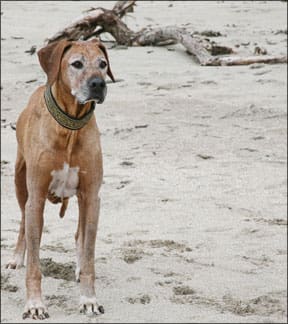
Marys comments:Even a diet without carbs can be relatively low in fat, if youre careful about what foods you use. The dinner meal has about 36 grams of fat per 1,000 kcal.
A Raw Dog Food Diet for Acute Pancreatitis
Rowdy is a Rhodesian Ridgeback who was hospitalized with acute pancreatitis for 10 days at age 12. His owner, Jerri Langlais of Brentwood, California, was afraid to return Rowdy to a raw diet after almost losing him. Instead, she fed him Royal Canin canned low-fat prescription food.
Rowdy was troubled by borborygmi (loud intestinal rumbling noises) after eating this food and seemed uncomfortable, switching positions frequently. After three weeks, he started rejecting the prescription diet, even with added fat-free organic chicken broth or low-fat cottage cheese. Langlais decided to switch back to a homemade diet, hoping it would help Rowdy return to normal. Here is her story:
I started with grilled skinless chicken breasts, combining half a breast with a cup of white rice that was cooked with lots of extra water and fat-free, low-sodium chicken broth. When he did well with that, I began feeding him Verve from The Honest Kitchen for one meal a day, then 1/2 cup green tripe every other day.
Next, I added beef heart, then beef kidney, and then raw chicken breast to his diet. I rotated between white rice, quinoa, and oatmeal, feeding these as half his diet. I then began feeding the chicken breast raw, with the bone, and giving one chicken wing. Each time I started something new, I would wait at least three days, watching for any signs of discomfort, before making any further changes.
Rowdys stomach noises and discomfort after eating gradually diminished, especially after I began feeding raw food. I gave him slippery elm tincture and chamomile tincture when this happened, which quieted them down within 10 minutes. Adding Primal Defense soil-based probiotics also really seemed to help.
Two months after his pancreatitis attack, Rowdy had emergency surgery for gastric dilatation-volvulus (GDV, also known as bloat). Fortunately, it was caught in time and the surgery was successful. The good news was that the surgeon said Rowdys pancreas looked normal. I fed him chicken soup, using chicken breasts boiled with white rice and grated vegetables, for five days following surgery, but he was able to resume his regular diet once his incision healed.
Rowdy dropped from 82 to 71 pounds after his stay at the hospital, and he looked emaciated. He had difficulty gaining weight until I began feeding him 5 to 6 ounces of raw pancreas every day. I had tried giving digestive enzymes with pancreatin, but they made him gassy. As soon as I added the pancreas, his energy level increased markedly and he started gaining weight and strength. It took about four months for him to return to his normal weight.
Rowdys current diet consists of a large meal in the morning, usually around lb raw meaty bones. He does best with raw turkey necks. I also feed whole chicken parts with skin and fat removed, or Verve from The Honest Kitchen.
His evening meal is smaller so that he gets a total of about a pound of food a day. I rotate among green tripe, raw pancreas (once a week), beef kidney, and Im starting to try ground beef. I no longer feed lamb, which is high in fat. Beef heart makes his stools loose if I feed too much, so I just give a small piece with his meal. Raw liver also gives him loose stool, so I feed small amounts of cooked liver as treats. If he acts hungry in the afternoon, I give him 1/4 cup of nonfat yogurt. I use commercial dog cookies that are 5 percent fat.
For supplements, he gets wild salmon oil, probiotics, and algae/spirulina. Rowdys energy level improved dramatically when I began adding salmon oil. He gets one tablespoon three times a week, though I started with just 1/2 teaspoon and increased gradually once I saw that it wasnt causing him any problems. I was alternating salmon oil with 1 tablespoon of coconut oil, but Ive discontinued the coconut oil now that hes back to his normal weight.
Rowdy turned 13 years old in October, and is doing really well. No more stomach sounds at all, and he plays more regularly now. The longer he is on raw, the better he seems to feel.
Marys comments:Theres no reason that dogs cant return to a raw diet after recovering from acute pancreatitis, as long as youre careful not to feed too much fat. Most raw meaty bones are high in fat, though turkey necks have less than any other kind. Rowdys diet is high in bone, but thats what works best for him.
A Mixed Diet for a Dog Who Wouldnt Eat
Rocky is a 31/2-year-old Yorkie-Poodle mix who has had digestive problems all of his life. From puppyhod, he was a picky eater and had frequent diarrhea. His owner, Danielle Flood, who lives in Crofton, Maryland, tried feeding all kinds of foods, but nothing seemed to work, and within a few days, he would stop eating again.
One of the vets Flood consulted believes that Rocky has both IBD and chronic pancreatitis, and suggested feeding a home-cooked diet, but Rocky wasnt interested in a mixture of chicken and rice. Rocky was down to 13 pounds of skin and bones when Flood, desperate to find a food that Rocky would eat and that wouldnt make him sick, came across the dehydrated foods made by The Honest Kitchen. Floods first success was with Preference, its low-fat incomplete mix meant to be combined with meat and other fresh foods:
I mixed just under 1/4 cup of Preference with hot water and added half of a boiled chicken breast. To my surprise Rocky devoured his entire plate and for the first time was begging for more food! Better yet, he didnt start refusing the food after a few days, as he has with everything else weve tried.
A few weeks later, Rocky is still happily eating Preference mixed with chicken. We have also tried cooked chicken livers and very lean beef sirloin, and he loves those as well. He likes it best when there is a little more meat than mix.
We continue to give Rocky 1/8 tsp acidophilus with each meal. He also gets a multi-vitamin and mineral supplement.
Treat options are very limited for Rocky, but he does very well with chicken breast wraps made by Free Range Dog Chews, which we cut into tiny pieces. With our vets approval, we have also started giving him tiny pieces of lean raw meat (beef sirloin), which I was shocked to find he loves.
This is the longest I have ever been able to get Rocky to eat consistently. He is so excited at meal times, which is a first, actually diving into his plate to eat, and finishing completely on his own instead of my having to coax him.
We have discontinued giving Pepcid, as he no longer has an upset tummy. His stools are now normal, which they have never been before. He has gained weight, over a pound in the first two weeks, and is now up to 16 pounds and looks wonderful. Our vet, my husband, and I are delighted and relieved to see Rocky healthy, happy, eating, playing, and in no pain.
Marys comments:This is a good example of perseverance paying off. There are many different types of foods available; if kibble and canned dont work for your dog, try something else. Pre-mixes are a great way to feed fresh foods, without having to worry about balancing a homemade diet.
HOMEMADE LOW-FAT DOG FOOD: OVERVIEW
1. Feed a low-fat diet if your dog has hyperlipidemia or digestive problems that improve when fed lower-fat foods.
2. Experiment with different types of diets, including dehydrated, refrigerated, and frozen commercial diets, if your dog doesnt do well on kibble or canned foods.
3. Dont be afraid to feed a homemade diet, either raw or cooked, as long as you use appropriate ingredients and proportions.
4. Use a commercial pre-mix to make feeding fresh foods easier, without worry about calcium and balance.
Mary Straus does research on canine health and nutrition topics as an avocation. She is the owner of the DogAware.com website. She lives in the Bay Area.

